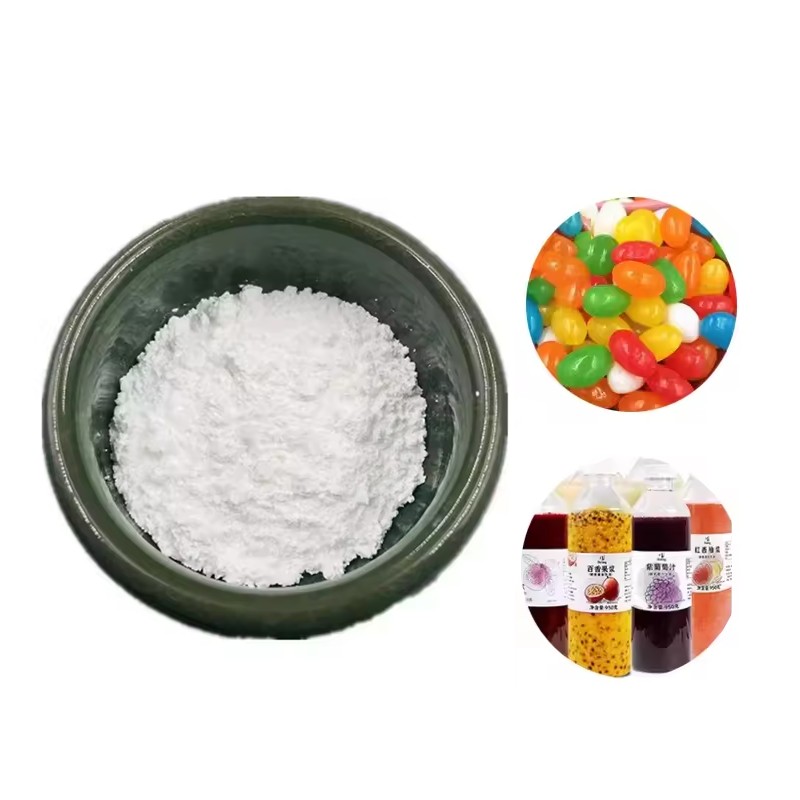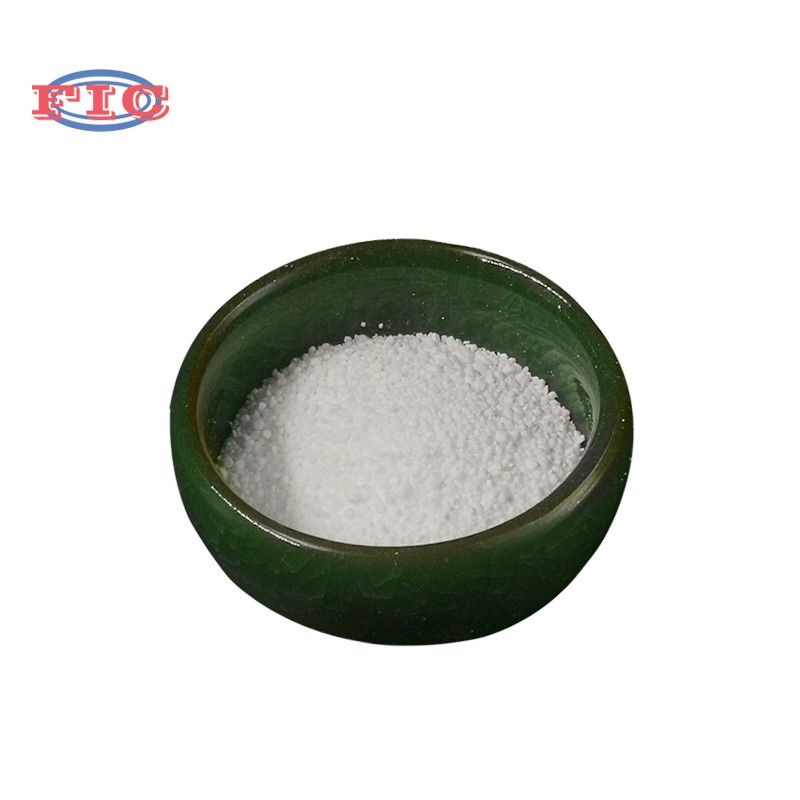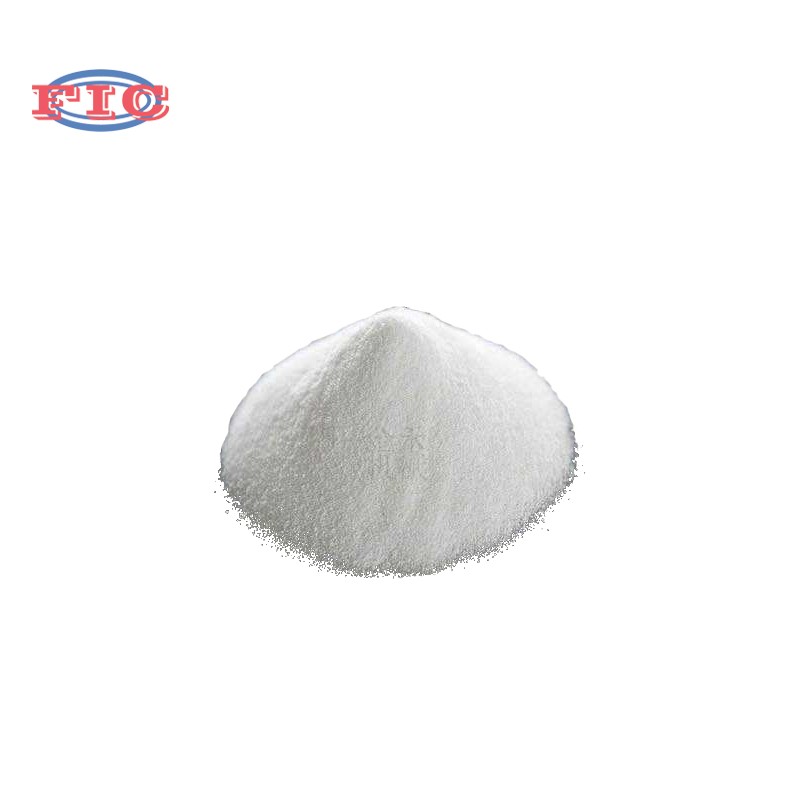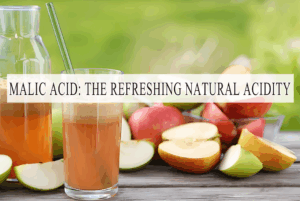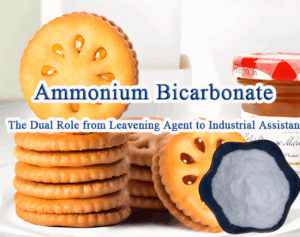식품 과학 분야에서 카르복시메틸셀룰로오스(CMC)는 수많은 식품의 질감, 안정성, 그리고 기능성을 향상시키는 능력으로 주목받는 핵심 성분으로 부상했습니다. Na 카르복시메틸셀룰로오스 또는 카르복시메틸셀룰로오스 검으로도 알려진 이 다재다능한 고분자는 천연 셀룰로오스에서 추출되었으며, 특히 식품 및 음료 산업에서 탁월한 효능을 제공합니다. CMC가 현대 식품 제조의 필수 요소로 자리 잡은 이유와 다른 분야에서의 역할에 대해 간략히 살펴보겠습니다.
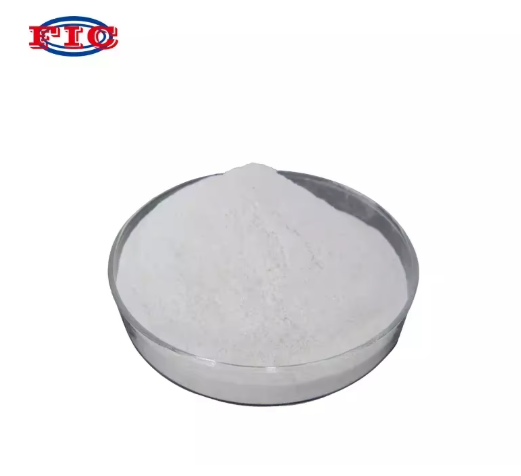
카르복시메틸셀룰로오스(CMC)란 무엇인가요?
카르복시메틸셀룰로오스는 목재 펄프나 면 린터에서 추출한 천연 중합체로, 순한 화학 공정을 거쳐 수용성 무취 분말이 됩니다. 나트륨염 형태인 카르복시메틸셀룰로오스 나트륨은 용해도와 안정성을 높여 수성 식품 시스템에 이상적입니다. 기술 사양서에 카르복시메틸셀룰로오스나트륨으로 표시되어 있든, 성분 목록에 카르복시메틸셀룰로오스 검으로 표시되어 있든, 카르복시메틸셀룰로오스의 핵심 강점은 변함없이 뛰어난 증점, 유화, 그리고 보습력입니다.
독특한 효능이 있습니다. 식품 업계에서는 식품의 맛을 더 좋게 하거나 오래 보관하는 등 여러 가지 일반적인 문제를 해결하는 데 이 기술을 활용합니다. 다양한 제품에서 이 기술이 어떻게 효과적으로 작용하는지 살펴보겠습니다.
카복시메틸 셀룰로오스 식품에서의 사용
두껍게 만들기 및 질감 향상
수프, 소스, 드레싱: CMC는 풍미를 변화시키지 않고 부드럽고 일정한 점도를 더합니다. 다른 증점제와 달리 온도 변화에도 질감을 유지하여 즉석식품이나 냉장 드레싱에 적합합니다.
제빵 및 제과: 글루텐 프리 빵에 사용되는 카르복시메틸셀룰로오스 검(Carboxymethyl Cellulose gum)은 글루텐의 탄성 구조를 모방하여 빵 속의 부드러움과 수분 유지력을 향상시킵니다. 또한 속재료와 아이싱을 안정화하여 설탕의 결정을 방지합니다.
유제품 및 식물성 대체품: 아몬드 우유나 오트 우유의 단백질 응집을 방지하는 동시에 요구르트, 크리머, 식물성 우유의 입맛을 향상시킵니다.
에멀젼 안정화
샐러드 드레싱 및 매리네이드: 장기간 보관해도 오일과 워터가 섞이지 않아 계속 흔들 필요가 없습니다.
냉동 디저트: 아이스크림의 얼음 결정 형성을 줄여 생산부터 소비까지 일관된 질감을 유지하는 더 부드럽고 크리미한 질감을 제공합니다.
유통기한 연장 및 수분 조절
구운 식품: 보습제 역할을 하여 수분을 가두어 부패를 방지하고 유통기한을 연장합니다. 포장된 빵, 케이크, 토르티야에 꼭 필요한 성분입니다.
가공육: 소시지와 델리 육류의 수분 보유력을 높여 육즙을 늘리고 보관이나 조리 중 떨어지는 액체 손실을 줄여줍니다.

식품이 CMC의 주요 적용 분야이기는 하지만 CMC는 다음과 같은 분야에서도 핵심적인 역할을 합니다.
제약품: 정제 결합제, 코팅제 또는 상처 드레싱 구성 요소로 사용되어 약물 전달 정확도와 의료 제품 안정성을 보장합니다.
개인 관리: 샴푸, 크림, 메이크업 제품을 걸쭉하게 만들고, 색소를 안정시키며 퍼짐성을 향상시킵니다.
산업 솔루션: 석유 굴착 진흙의 점도를 조절하고 종이 코팅 품질을 향상시킵니다. 하지만 이러한 용도보다 요리에 쓰이는 효능이 더 뛰어납니다.
전반적으로 CMC는 현대 식품 제조 과정에서 중요한 역할을 합니다. 질감을 효과적으로 조절하고, 유화액을 안정화하며, 수분 함량을 조절하는 능력 덕분에 CMC는 다양한 식품에서 귀중한 성분으로 자리 잡았습니다. 식품 산업이 효율적이고 효과적인 솔루션을 끊임없이 모색함에 따라, CMC는 제품 품질과 고객 만족 모두에 기여하는 핵심 요소로 자리 잡고 있습니다.

